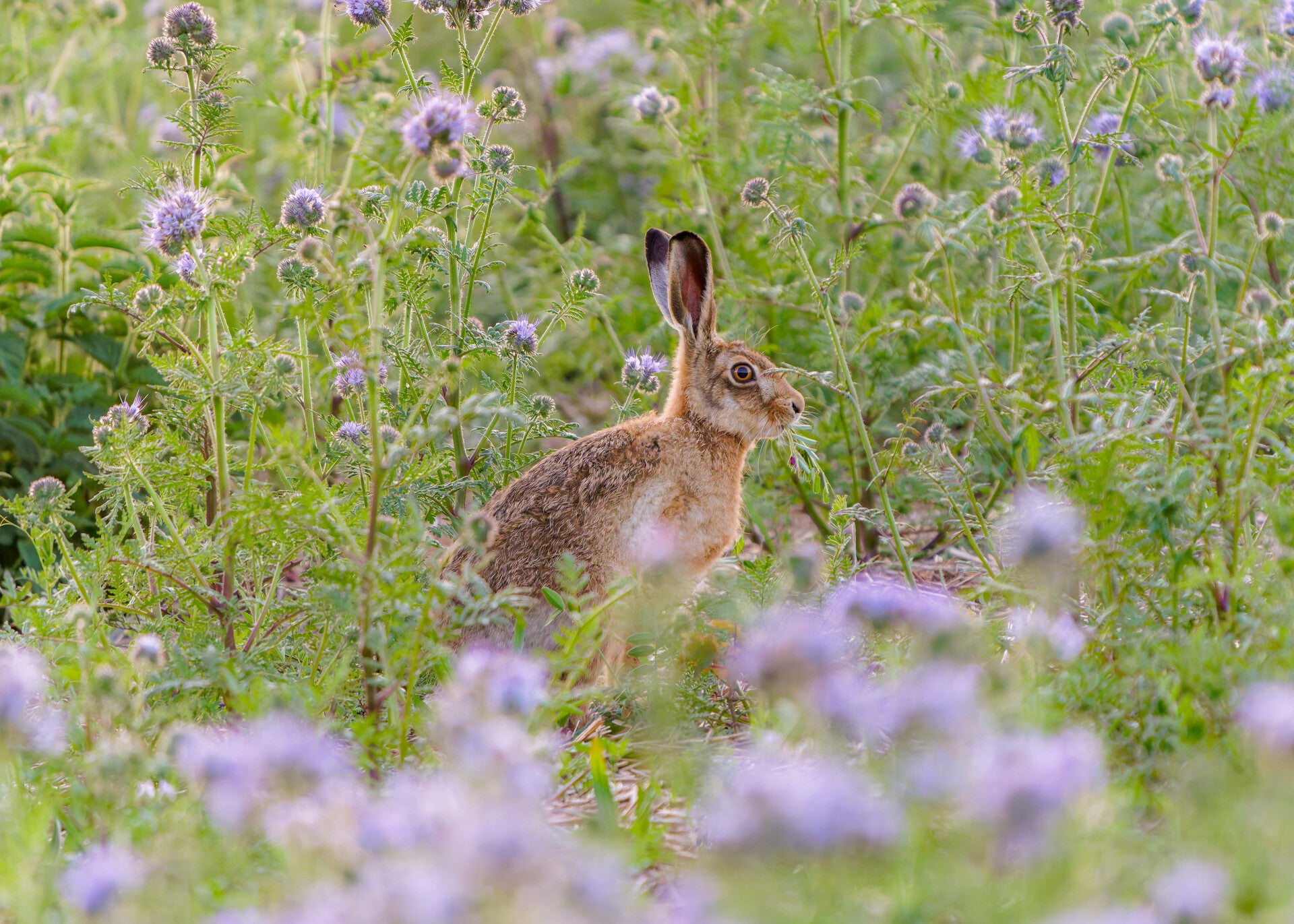
Brown Hare
Thought to have been introduced into the UK in Roman times (or even earlier), the brown hare is now considered naturalised. It is most common on open farmland, in grassland habitats and at woodland edges, favouring a mosaic of arable fields, grasses and hedgerows. It grazes on vegetation and the bark of young trees and bushes. Brown hares do not dig burrows, but shelter in 'forms', which are shallow depressions in the ground or grass; when disturbed, they can be seen bounding across the fields, using their powerful hind legs to propel them forwards, often in a zigzag pattern. Brown hares are at their most visible in early spring when the breeding season encourages fighting or 'boxing'. Females can produce three to four litters of two to four young (known as leverets) a year.
Create Your Own Website With Webador